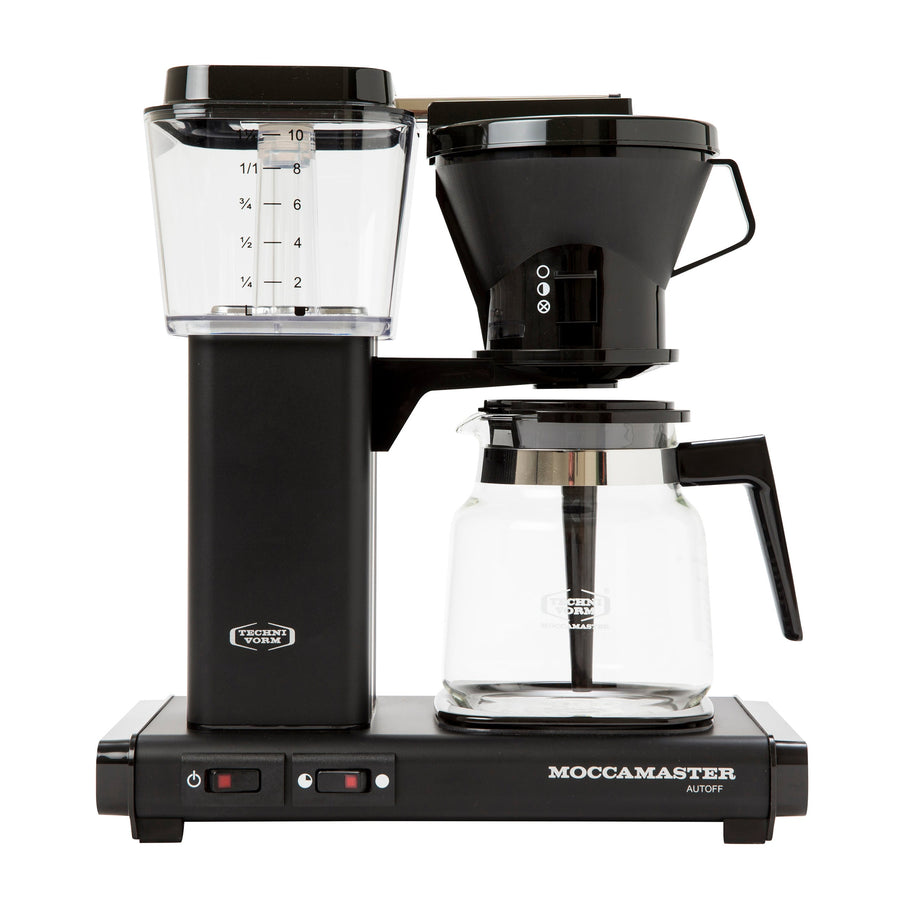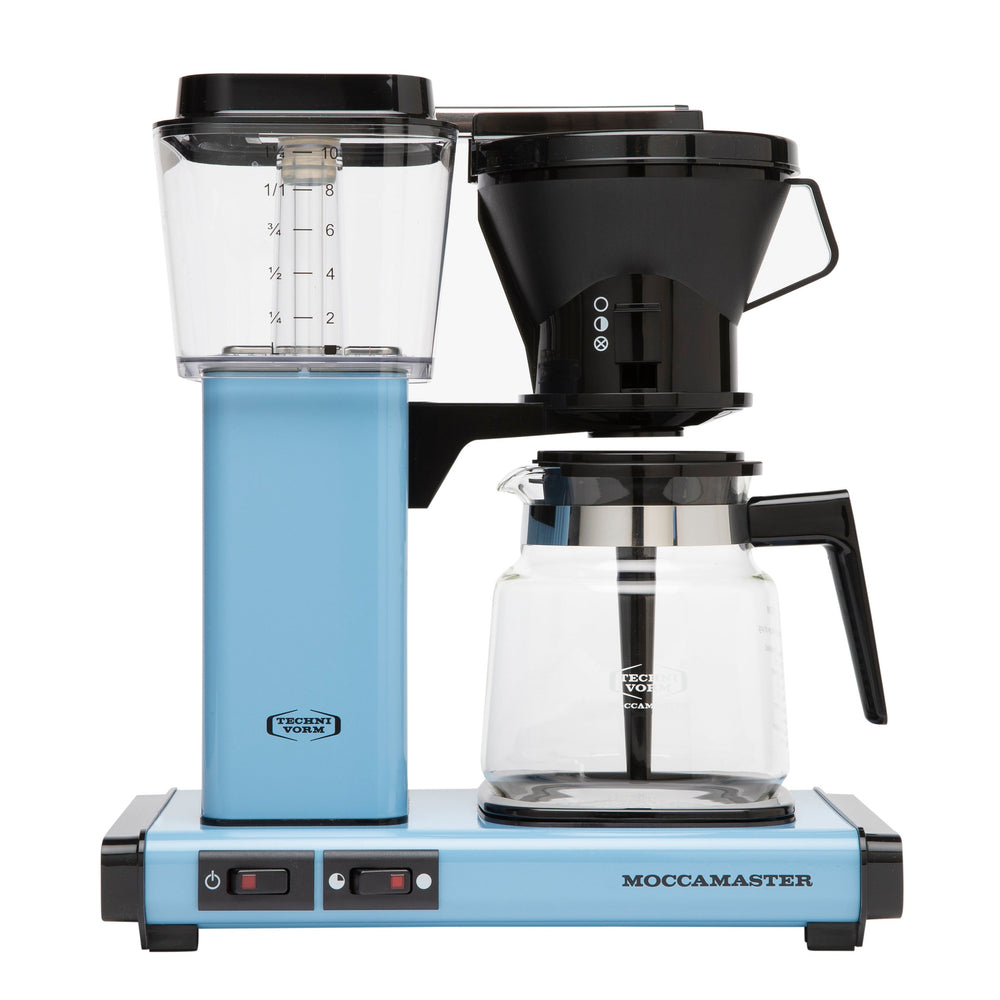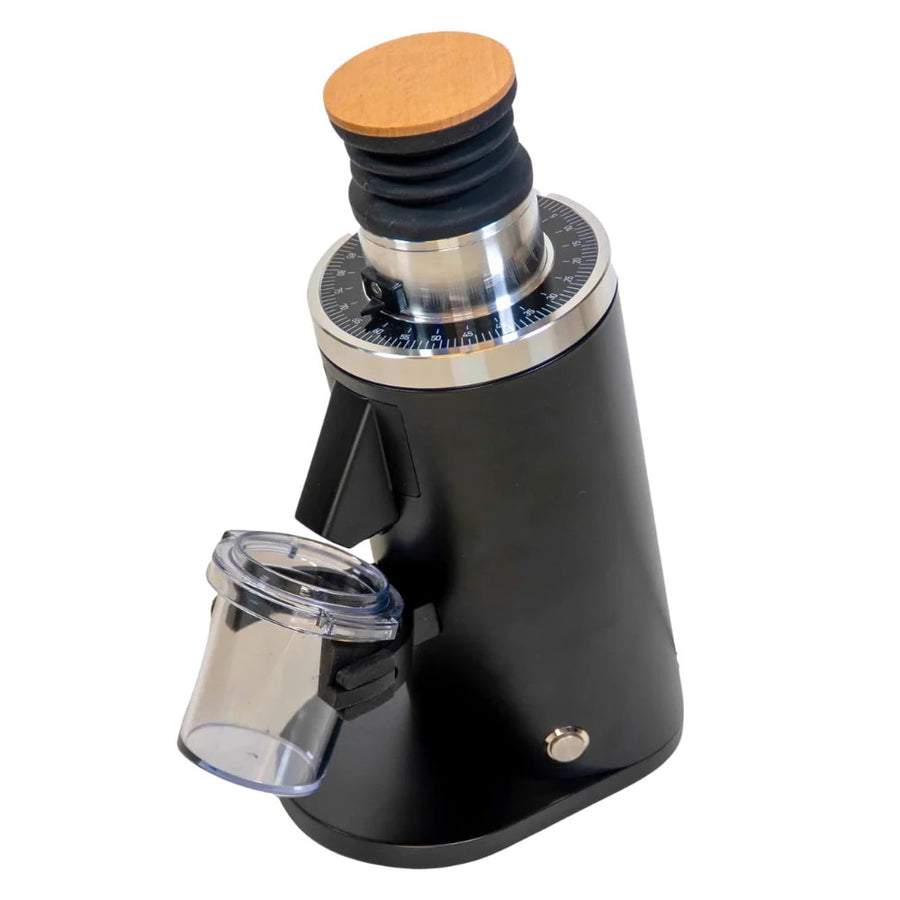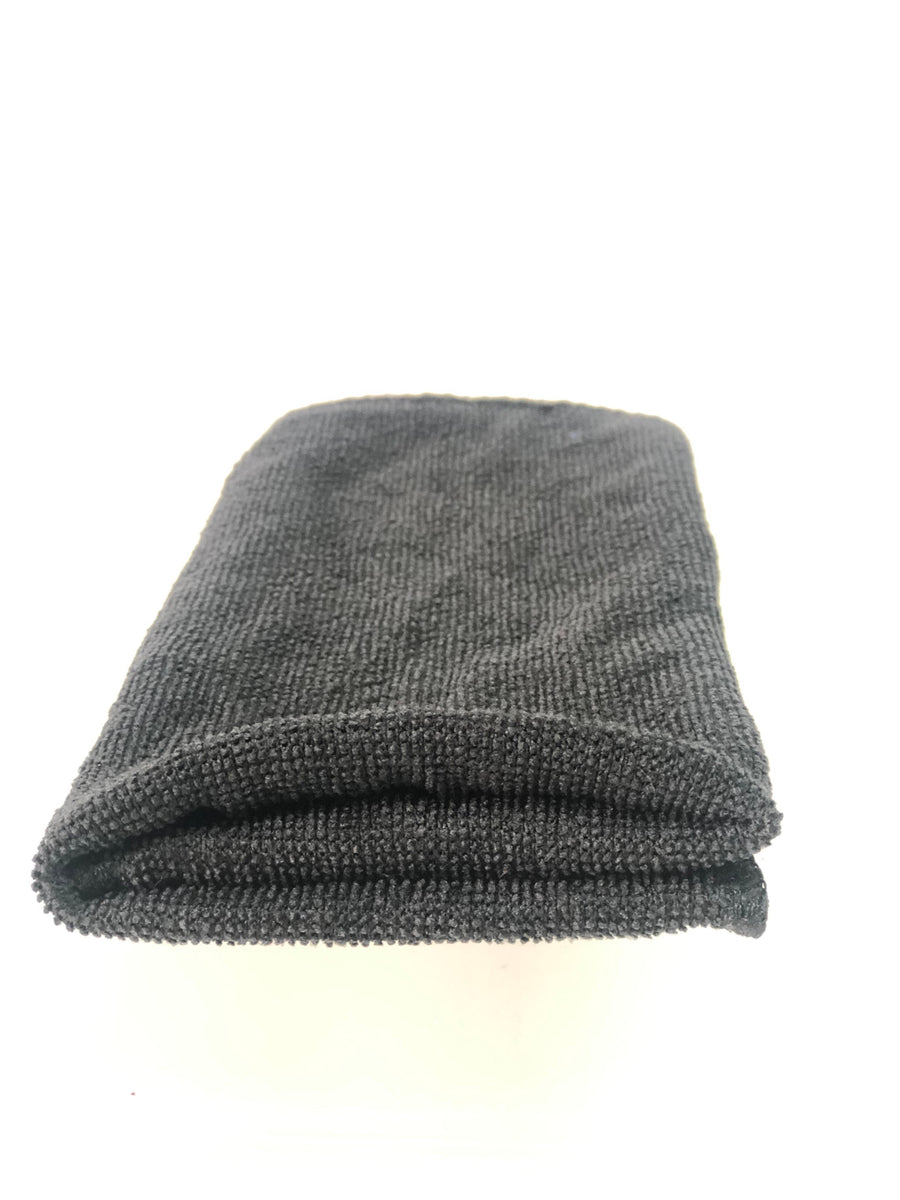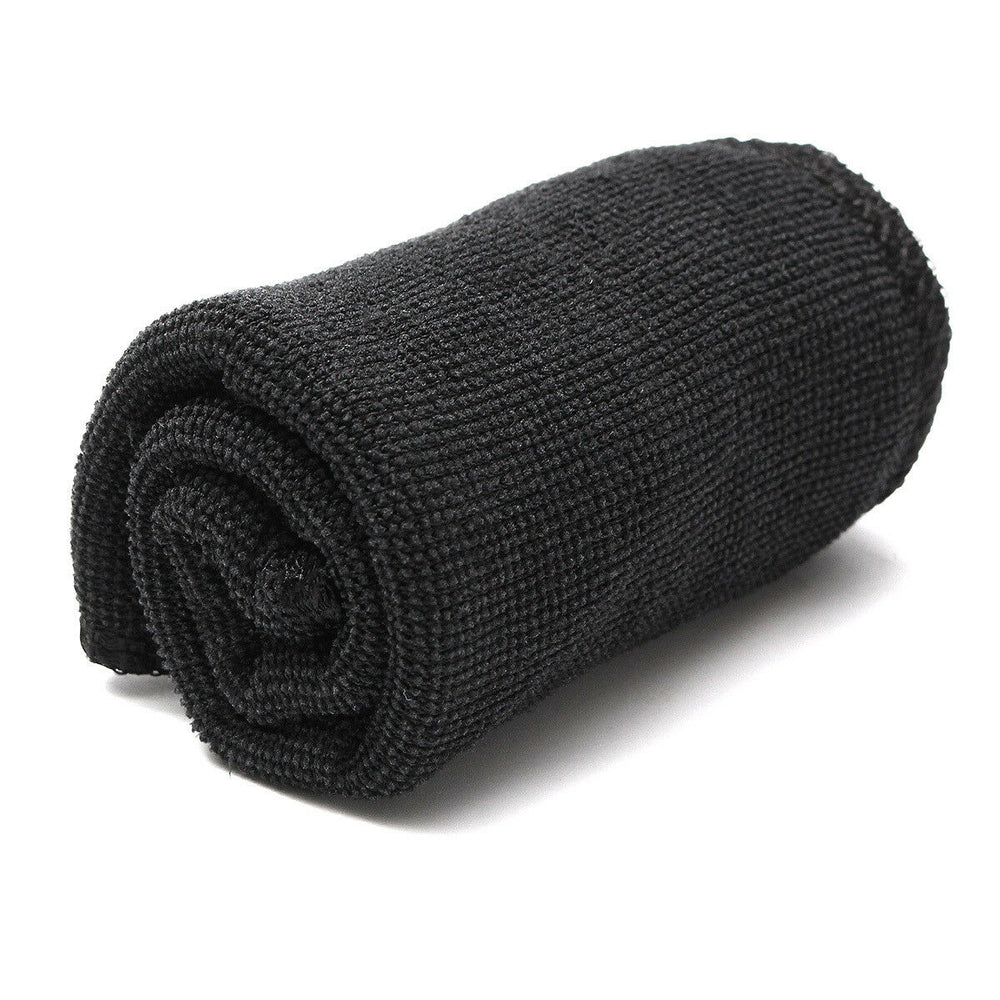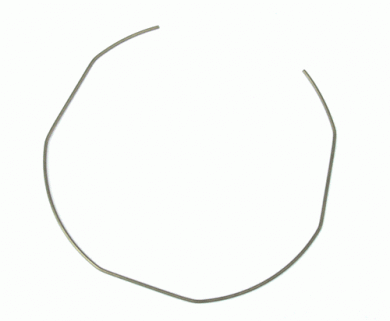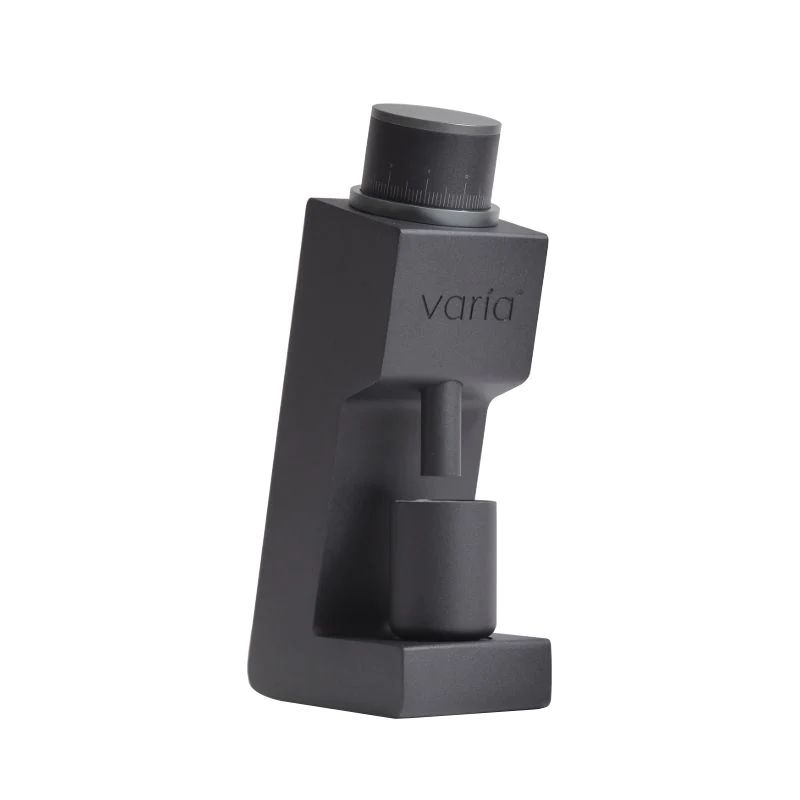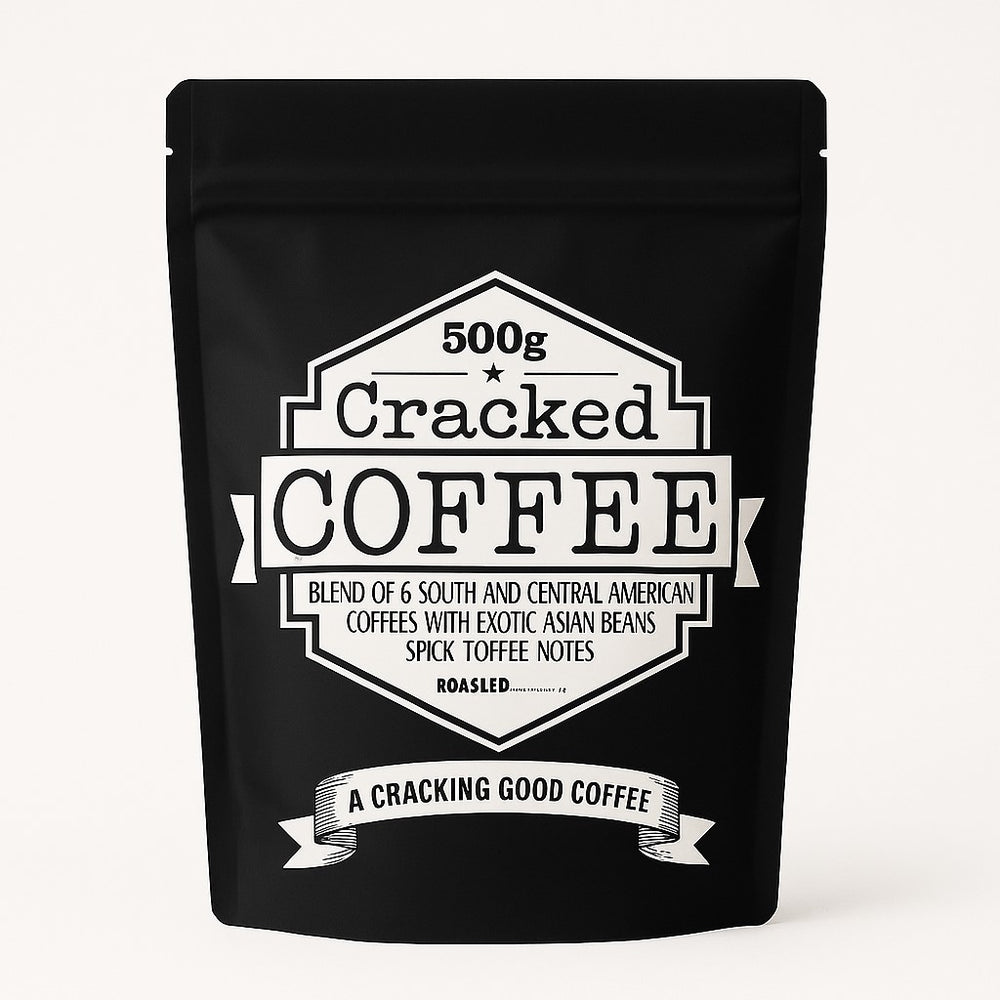Helpful Hints for Frothing Milk
🥛 Mastering the Art of Frothing Milk
The art of steaming and frothing milk takes time, practice, and patience. A good technique develops over time and varies depending on the milk you use, the equipment, and your environment.
🧪 Milk Matters
- Whole milk creates froth with more body and creaminess.
- Low-fat or skim milk froths more easily and faster.
- Soy and alternative milks also froth easily due to low fat content.
- Fresher milk = better results. Cold milk works best for frothing.
Fill your steaming jug about 1/3 full with cold, fresh milk. If possible, chill the jug beforehand for better performance.
💨 Before You Begin
“Bleed” the steam wand for a few seconds to clear out condensation. Direct it into the drip tray to avoid hot water splashes.
🔥 Frothing Technique
- Hold the jug by the handle with one hand.
- Turn on the steam arm using your free hand.
- Place your hand at the bottom of the jug to feel the temperature.
- Fully immerse the steam wand in the milk, then turn on the steam.
- Lower the jug slightly so the wand tip sits just below the milk surface (5–10mm).
- Centre the wand to create a whirlpool effect — this helps produce fine microfoam.
- Continue until the jug becomes hot to touch (but not uncomfortable).
Important: Stop steaming once the milk is hot. The milk will continue to heat another 5°C after removing steam.
✅ Tips for Perfect Foam
- Avoid large air bubbles — they collapse quickly and ruin texture.
- Well-frothed milk should be dense and velvety with no visible separation.
- Always turn off the steam before removing the wand from the milk to avoid splatter.
- Wipe the wand with a damp cloth immediately after use. Do not soak it.
🧩 Troubleshooting
Milk suddenly won’t froth?
During seasonal changes (like April–May or September), cow’s milk may contain more fat or lactose, making frothing harder. Changes in cattle feed can also affect milk behaviour.
Milk is too hot and loses foam?
Overheated milk loses its ability to hold foam and develops a burnt taste. If your jug feels too hot to hold, stop steaming immediately.
Signs milk is burnt:
- Foam doesn’t rise
- Jug is very hot
- Milk smells like burnt custard and has a yellow tint
Can I reheat or reuse milk?
Milk should only be reheated once — maximum of twice. Always add cold milk if topping up. Reheating milk too often ruins texture and taste.
Can I froth warm or old milk?
No. Only cold, fresh milk will create proper froth. The colder and fresher, the better.
Does old milk froth better?
No — that’s a myth. Old milk produces weak froth. Use milk as fresh and cold as possible for best results.


